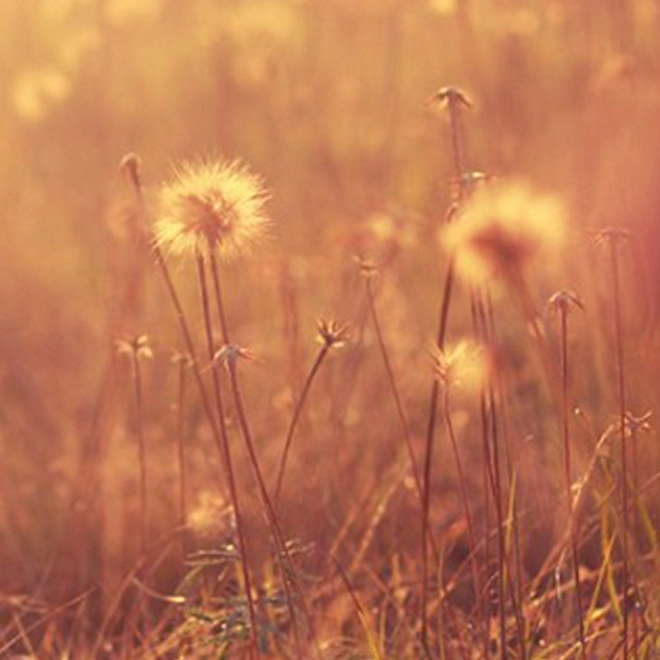Show me the way to the next whisky boom
Agribusiness Bulletin
Over the past two decades the whisky industry has grown steadily in Australia, benefiting from a consumer trends towards premium spirits. This article looks at how Australia’s reputation for producing premium spirits has contributed to solid growth in the export of whisky and other spirits.
The Agribusiness Bulletin
The Agribusiness Bulletin focuses on national and local industry, as well as cross-industry insights and trends. This includes some of the drivers we expect to shape the future of the industry and potential challenges that may arise. To get more articles like this delivered straight to your inbox subscribe to the Agribusiness Bulletin.
Show me the way to the next whisky boom
Australia punches above its weight in many areas and the growth of its whisky industry over the past two decades further supports this standing. Many people associate whisky with Scotland, or maybe even Japan, but Australia (and especially Tasmania) renowned for producing premium food and beverage, is fast becoming known for its ‘liquid gold’.
The whisky revolution
In recent years, the spirit manufacturing industry in Australia has benefited from a consumer trend towards premium spirits and a growing disposition to try different alcoholic products including those made with locally-sourced, high quality and high value ingredients1. This trend has contributed to the increasing popularity of gin, craft beer, cider and whisky. Read our article on craft beer here.
Australia’s reputation for producing premium spirits has contributed to a solid growth in exports which now account for around 34% of the spirit industry revenue (up from 29% in 2010-11)2. Whisky is the fastest growing spirit export category3 with the main export market destinations being New Zealand and certain regions in Asia4.
The modern Australian whisky boom began with the establishment of Hobart based Lark Distillery in the early 1990s. A number of other distilleries followed suit and as the barrels started to mature, the international whisky awards began pouring in. When Tasmanian-based Sullivan’s Cove won The World’s Best Single Malt Whisky Award in 2014, followed by a number of subsequent wins for Tasmanian whisky at the World Whiskies Awards in 2015, it became clear that Tasmania is a serious player in the world whisky market.
Future-proofing the market
There are now around 30 whisky distilleries across Australia, of which 11 are located in Tasmania. Production is expected to continue expanding over the next five years as the industry leverages brand awareness and new distilleries enter the market, under Tasmania’s growing reputation for premium food and agri products.
The current Australian whisky market is concentrated around small batch offerings, however, the likes of Diageo, the world’s largest premium spirits company, are starting to invest in the industry through vehicles such as Distill Ventures which ‘mentors and invests in new and growing independent spirits brands’5. One challenge may be keeping up with demand, as Australia produces around 360,000 litres per annum6 of which Tasmania produces around 200,000 litres7 (compare that with the 285 million litres8 produced in Scotland).
For most operators, financing and cash flow represents a significant challenge. There are high set-up costs, followed by a minimum of two years waiting for whisky to mature in bonded storage. Many distilleries offer pre-sale schemes, such as ‘barrel offers’ to assist with cash flow. Under such schemes, investors pay up-front to buy the contents of a whisky barrel from the date it is filled with spirit (investments can be upwards of $25,000). When the whisky is considered mature, say four years later, the distillery will buy it back at a guaranteed price. Once the whisky is in the barrel, the risk of ownership often rests with the buyer, including insurance considerations. However, if the distillery runs into financial difficulty, rights over the whisky may be disputed and so investors should be aware of the Personal Property Securities Act (PPSA) if they want to secure their interest in the investment. It’s advisable to have a legal adviser look over any contract, including the possibility of registering an interest under the PPSA. Read more about the PPSA here.
Primary inputs and innovation
The main ingredients for whisky are simple: water, yeast and malted barley. Given the simple recipe, the quality of the ingredients used is widely believed to have a significant impact on the final product and so the whisky boom is influencing the barley industry. Australian whisky production currently utilises around 300 tonnes of malted barley which is converted to over $20 million of whisky sales per year9. This is more than a mere drop in the tumbler from the one million tonnes10 of malt-standard barley produced annually in Australia.
The growth in craft beer and whisky industries is giving rise to innovations such as Macquarie barley, a new variety of barley developed and owned by the University of Tasmania and the Grains Research and Development Corporation (in conjunction with the Tasmanian Institute of Agriculture) specifically targeting the malt barley market due to its superior malting quality, improved disease resistance and favourable yield11, and would be exclusively licenced to TAP AgriCo in Tasmania. Across Bass Strait, at least three other new barley varieties are aiming for malt accreditation in coming seasons given the strength of demand for Australian malt by mainland and international distillers and brewers.
Beyond just barrels
Many are seeking to address potential cash flow issues through diversification, branching out into other spirit products such as gin, vodka and liqueurs. Several whisky businesses encompass distillery tours and cellar door sales as they expand into tourism. Whisky connoisseurs love ‘the story’ behind their tipple, and some producers offer that story through growing and malting their own barley, whisky production, and providing the opportunity to drink the final product on site.
Expect to see further investment in whisky manufacturing, which is yet another example of innovative agribusiness in Australia. Let’s raise a glass to that!
Sources
1 IBISWorld Industry Report C1213 – October 2015 – Executive Summary – page 4
2 IBISWorld Industry Report C1213 – October 2015 – Key Statistics – Industry Data – page 30
3 IBISWorld Industry Report C1213 – October 2015 – Trade and premiumisation – page 7
4 IBISWorld Industry Report C1213 – October 2015 – International Trade – page 15
5 http://www.distillventures.com/
6 Patrick Maguire – Director Sullivans Cove Whisky
7 http://www.abc.net.au/landline/content/2013/s3797624.htm
8 Scotch Whisky Association Statistical Report 2014 – page 3
9 http://www.barleyaustralia.com.au/#!barley-and-malt/c1ppg
10 http://www.barleyaustralia.com.au/#!barley-and-malt/c1ppg
11 http://www.utas.edu.au/latest-news/utas-homepage-news/researchers-discover-new-malt-barley-variety
Authors
Steven Hernyk
Consultant | Deloitte Private

